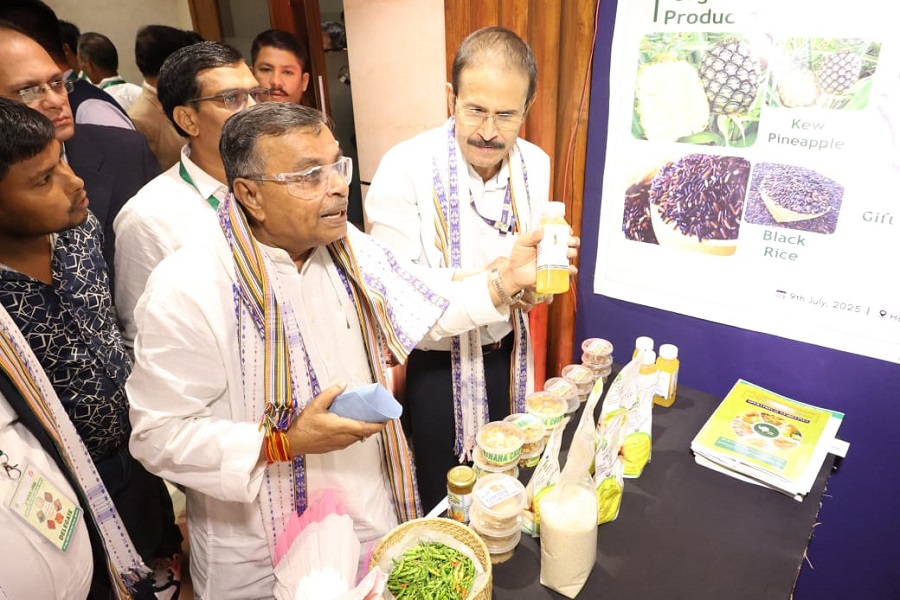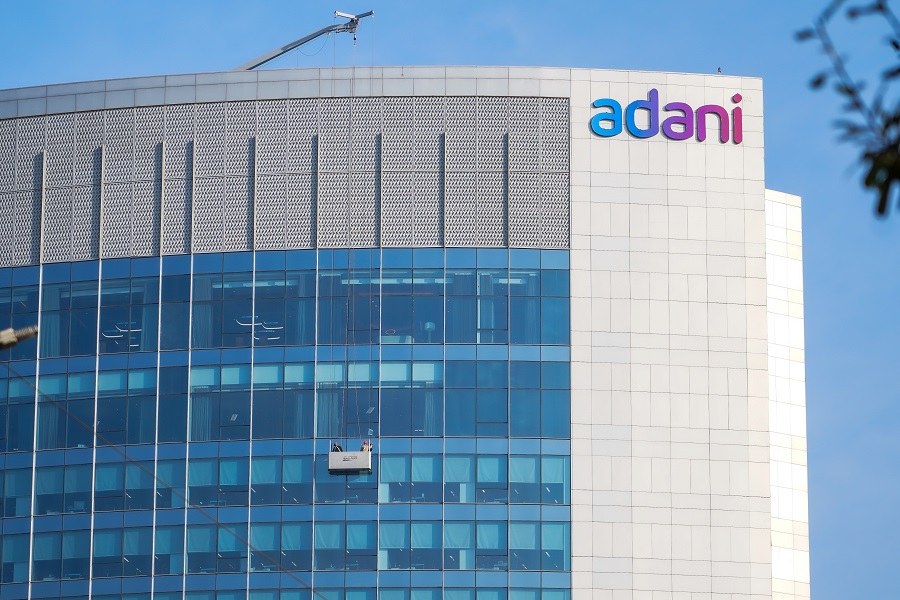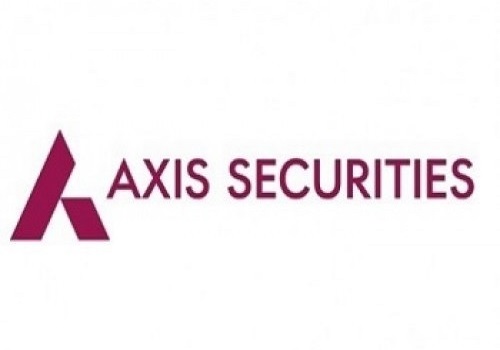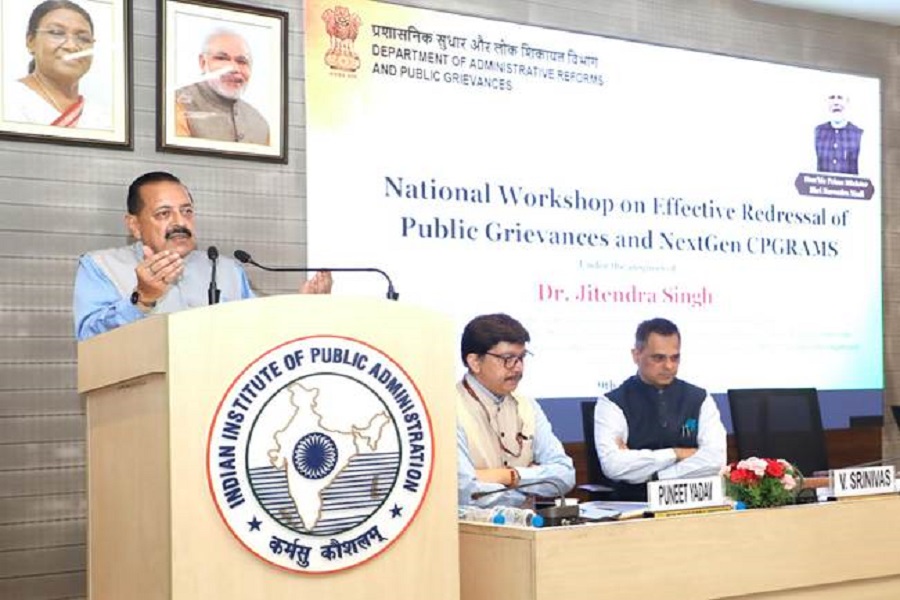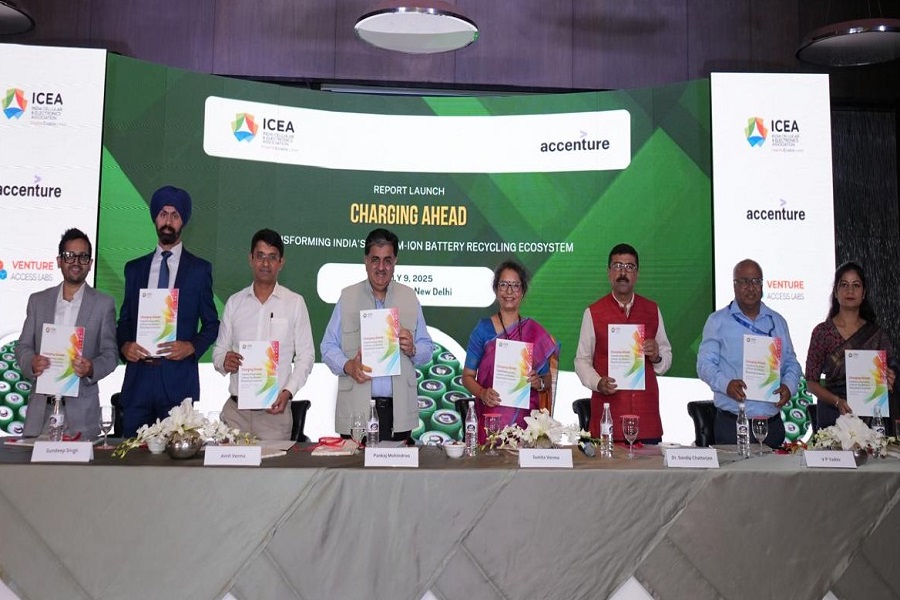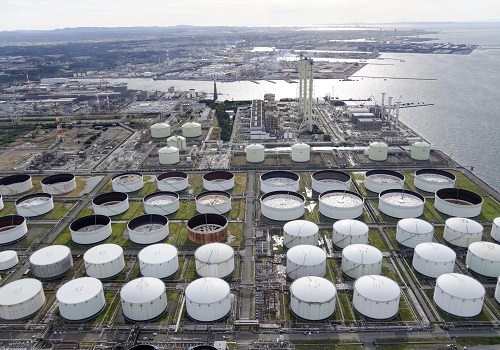Consumer Staples & Discretionary Sector Update: Hindustan Unilever vs. Nestle India - ICICI Securities
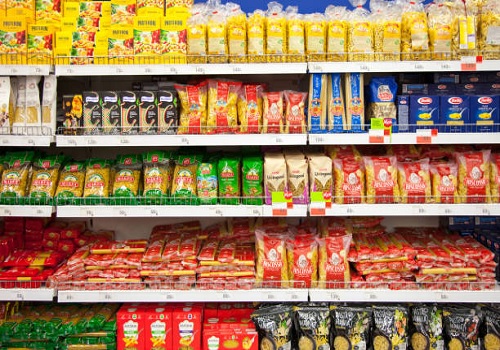
We believe Nestle may potentially outperform HUL in long term driven by multiple favourable factors (both extrinsic and intrinsic). In Nestle, we like:
* Penetration-led volume growth on the back of rural expansion (Nestle India has the lowest rural revenue salience (~20%) among peers)
* Lower threat from D2C brands given the inherent challenges in scaling up in Foods category
* Opportunity to bring more from global portfolio in true long term (Nestle India operates in just 4 categories out of 7 categories globally)
* Getting incrementally important for parent (India is outperforming other markets)
* Better operating margin expansion headroom (Nestle India’s operating margin has been stable in the range of ~20-24%) vs most in Staples at near-peak margins
* Beneficiary of long-term tailwind of consumer preferring convenience
* Nestle’s growth to be driven more by volumes; HUL to be (mostly) a premiumisation story: Nestle India has relatively lower salience from rural areas (20%; one of the lowest in our coverage) compared to HUL which has been a pioneer in driving penetration-led growth in rural areas through smaller packs and brand architecture. We note that rural regions are one of the large drivers of volumes for most of the FMCG companies
Nestle is implementing a strategy to further drive penetration-led growth through 1) customised portfolio, 2) localized communication, 3) building consumer connect, 4) higher visibility and 5) building infrastructure. We believe Nestle through its strategy will likely drive rural penetration for its products leading to volume growth. It has recently also started disclosing growth for various town classes which continue to witness double-digit growth as compared to decline in overall FMCG sector as it has a low base and is gaining penetration currently.
HUL on the other hand has been a pioneer over the last few years in driving penetration-led volume growth through its LUP strategy and multi-brand architecture. We believe HUL will likely have premiumisation led growth as it has already achieved high penetration for some of its products, and (material) growth going forward will be through upgrading consumer to a premium brand. However, HUL will also likely continue to gain penetration-led growth as consumer shift away from unorganised segment, we believe that benefit will be lower for HUL compared to Nestle India
* Nestle has relatively low threat from D2C brands: Nestle India is present in food categories while HUL is present in Home care, Beauty and Personal care (BPC) and Foods. We believe, D2C brands have higher presence in BPC categories compared to foods categories due to a) BPC has higher gross margins which allows D2C brands to invest in performance marketing and b) consumer are more open to experiment in BPC (multiple niche opportunities) compared to foods (taste – not easier to change taste preference for consumer). These reasons lead to a longer time to build foods D2C brands compared to foods D2C brands. Given the inherent categories Nestle is present in, we believe Nestle has lower threat from D2C brands compared to HUL which has a large presence in BPC.
To Read Complete Report & Disclaimer Click Here
For More ICICI Securities Disclaimer https://www.icicisecurities.com/AboutUs.aspx?About=7 SEBI Registration number is INH000000412
Above views are of the author and not of the website kindly read disclaimer
